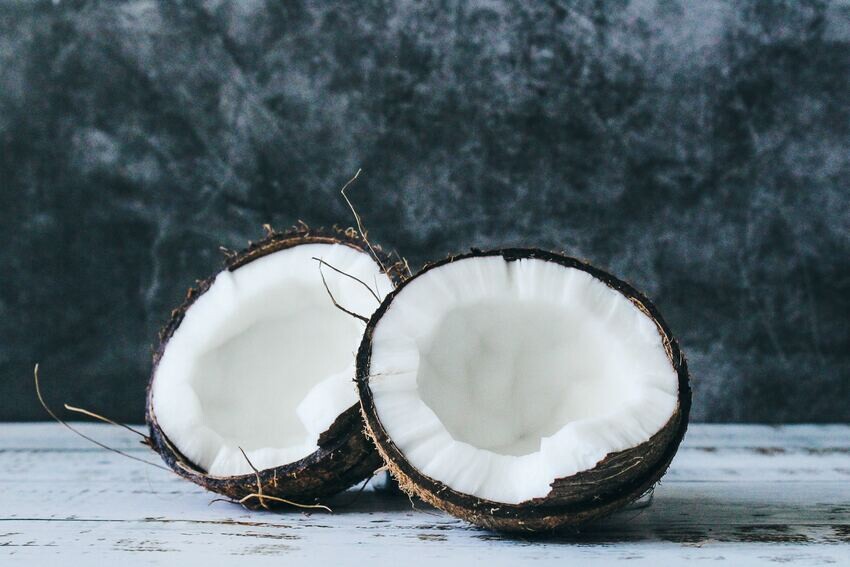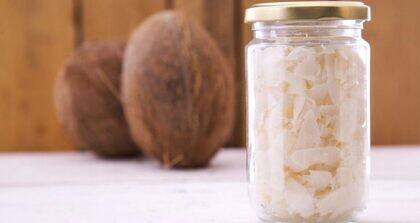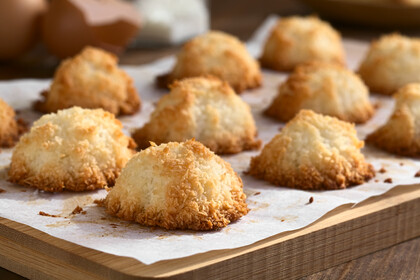


Coconuts
The coconut is a fibrous one-seeded drupe, also known as a dry drupe which technically means it’s a fruit rather than a nut.
Enquire
+44 (0) 1787 474 701
info@rmcurtis.co.uk
Format Notes
Details
Nutrition
FORMATS
- Desiccated (medium and fine)
- Chipped Raw
- Chipped Toasted
- Shred
- Flour
OTHER POINTS TO NOTE
There is a huge growth in the number of smaller coconut suppliers worldwide because demand is so high. However, there are sustainability issues for Coconuts as many trees on established plantations are well past prime production maturity, and are producing less than they were thirty years ago.
Investment is required to keep up with continually expanding demand. Coconut milk has risen in popularity in the last five years, and coconut oil has become more popular both for cooking and use in cosmetics.
COUNTRIES OF ORIGIN
- Indonesia
- The Philippines
- India
- Sri Lanka
- Vietnam
HARVEST
- All year round
VARIETIES
The coconut palm is a member of the palm tree family, but there is only one species of coconut.
NUTRIENT HIGHLIGHTS
- Dried Coconut is relatively low in Protein; just under 6%
- Very low in Sodium
- 62% of the calorific value comes from fats
- Easier to digest, and does not raise Cholesterol levels
- It is a very good source of Manganese
- Other key minerals are Copper, Selenium, Magnesium, Phosphorus. Iron and Potassium
